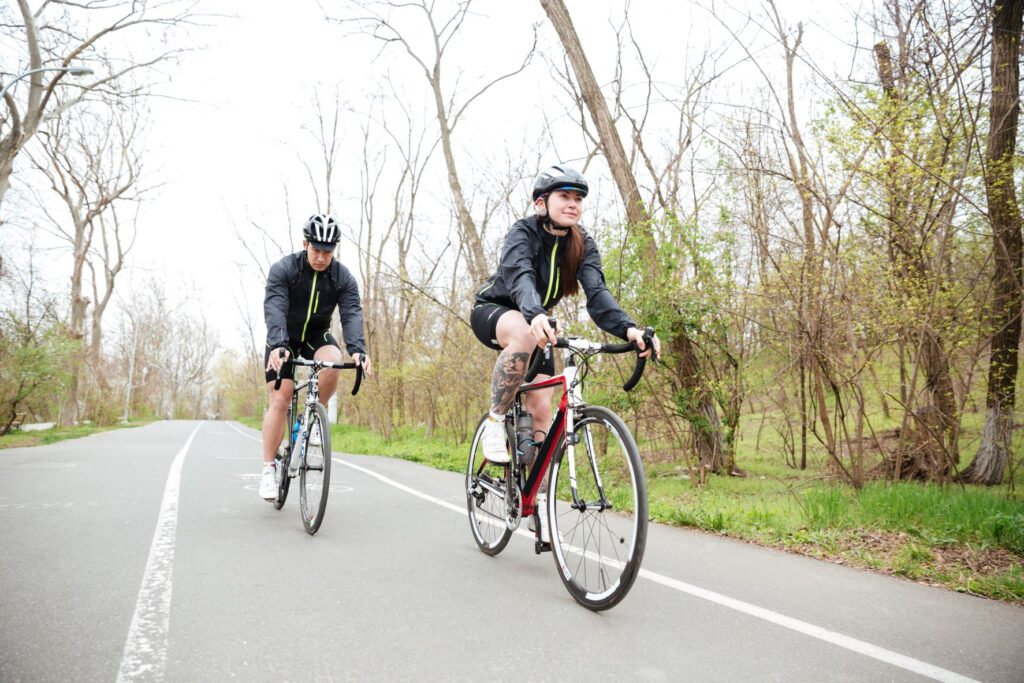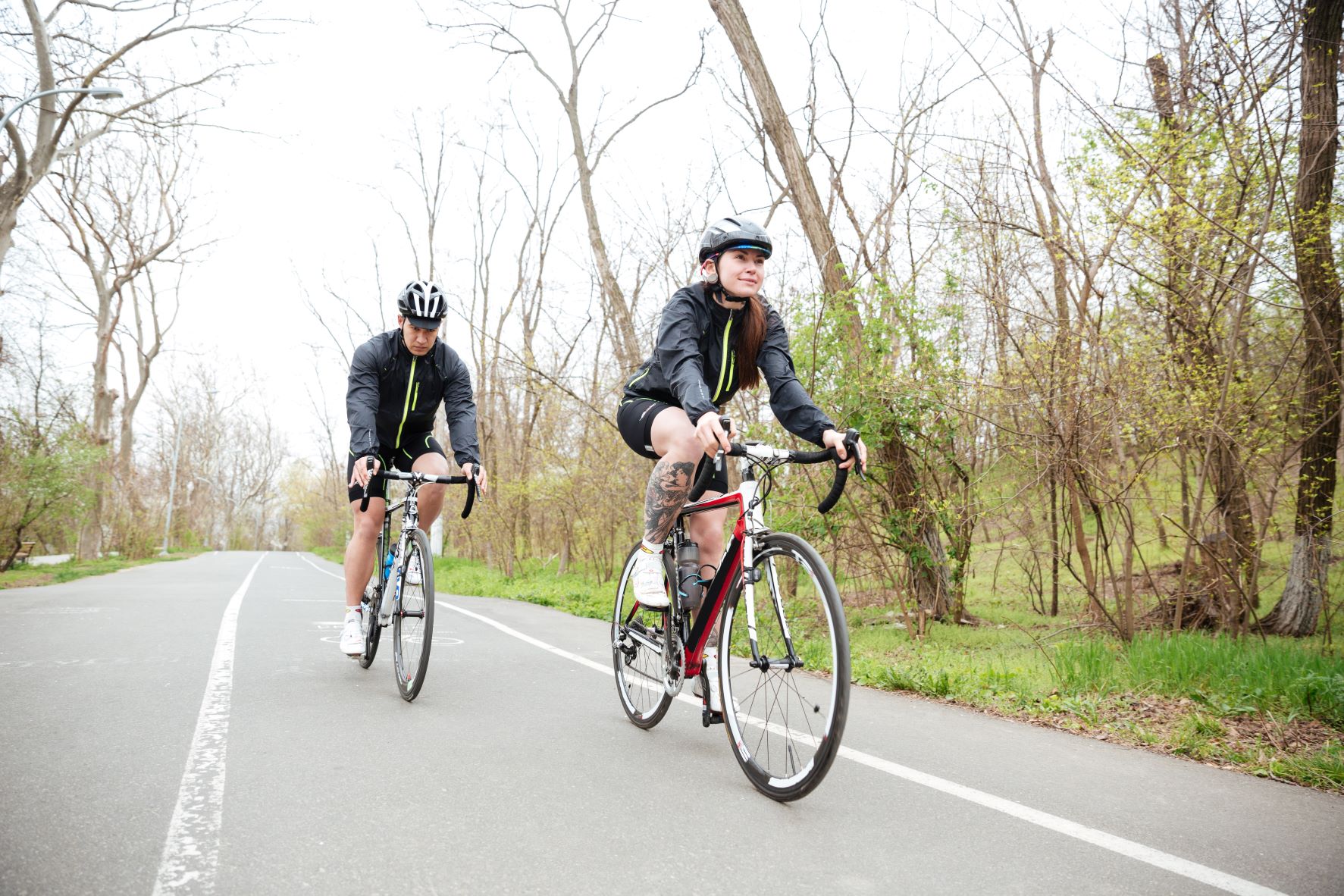Is Riding a Bike a Good Exercise?
A bike is a great way to get some exercise into your life. Cycling is a great way burn calories and fat. It can also help to improve your gait and balance. You might also feel better about yourself.
Your body weight can affect how many calories you are able to burn.
Your body weight can play a significant role in how many calories you lose when you ride a bicycle. This is dependent on how hard you ride, your fitness level, and how far you travel. Increasing your workout intensity or speed can help increase the amount of calories you burn.
The more muscle you have, the more calories will you burn. Biking can be a great way of burning excess body fat. Cycling can help you tone your muscles and increase your heart rate. If you want to lose weight, it is important to eat a healthy diet and exercise regularly.
To calculate how many calories you will burn when riding a bike, you need to input your height, age, and weight. If you have a chest-based heart rate monitor, you can use that to determine how many calories you burn during an hour of exercise.
Depending upon your body size and fitness level you can burn anywhere between 50 to 60 calories per mile. A man of 170-pound can burn 58 calories running 10 miles per hour while a man of 198 pounds can burn 59 calories.
A higher calorie burn is associated to pedaling faster. You can still burn the same calories by pedaling a little slower.
Cycling is a great way to burn calories. You can increase the time you spend on your bike. In a half-hour, you can burn between 200-500 calories.
Bicycling more intensely can help you burn calories. You can increase your muscle fibers’ ability to adapt to the demands of riding harder. You can also try a lower intensity if you have difficulty focusing on a workout on the bike.
Add resistance to a bike
It’s a great way of burning calories by adding resistance to your bike. There are several reasons you might want to make this a part of your workout routine. It’s an efficient way to get a great workout. Second, it can help you build a better core. It’s also a great way to ensure you have the right resistance on your bike.
You can add resistance to your bike using the following methods. This is easiest and most efficient way to do it. You can also adjust the angle of your pedals. This allows you to simulate hills and increases your strength and endurance.

You can build muscle by adding resistance to your bike. This is especially true for those who are training for a particular event or just looking to shed a few pounds. A well-fitted bike is key to injury prevention.
While you’re at it, be sure to check out your resistance and your incline levels. Too much resistance can hurt your knees and hips. Plus, a wobbly wheel can cause a hub replacement. It is a good idea also to monitor the bike’s power reserve.
There are many exercise bikes on the market. Some are designed for home use. Others can be purchased at commercial gyms. You can choose the one that suits your needs best. A ten-level bike that has a 10% incline is not the best choice for beginners. On the other hand, a 20-level, flat-grade bike would be more suited for an experienced rider.
Pedaling outside may raise your spirits
A bicycle commute can be a great way to enjoy the fresh air and take in the sights and sounds of the city. The best biking weather in the area makes it the most convenient way for people to commute to work. Pedaling to work also provides a nice break from the mundane chores of getting the kids to school, and it’s also a great way to unwind if you are on a budget. A quick Google search will turn up an abundance of cycling groups to join, all geared toward a common goal. You don’t have to go out on the trails. You can still get your exercise at the gym, and still enjoy a great evening.
Cycling burns bodyfat
A cycling workout is one of the most effective ways to lose fat. It will help you lose belly fat, make you fitter, and protect your health from serious conditions. Cycling has a strong cardiovascular effect, improves your lungs, and helps with heart function.
Your weight, speed and distance will all affect the calorie burn. For example, a 150-pound cyclist at 12 mph will burn 540 calories per hour.
If you want to burn more fat, you can try varying the speed and the cadence. You will use more oxygen and burn more calories if you ride at a faster speed. This results in a quicker afterburn, or the ability to keep burning calories after your ride.
Another way to lose more fat is to train at high intensity. A 20-minute HIIT session will result in the same calorie loss as a longer ride on the bike. You can do this by pedaling at a faster rate and increasing the number of pedal strokes per minute.
You will gain muscle as you train. This will increase your body’s ability to burn calories. In addition to your regular exercise, you will need to eat a balanced diet. Keep in mind that saturated fat, which can be found in red meat and dairy products, should be avoided.
Cycling can also burn more fat if you use resistance training. Using kettlebells or resistance bands can give you a strong workout that will add muscle mass.
But, a few short sessions of cycling won’t make a difference. The average person will take six weeks to see a decrease in belly fat.
You can keep your cycling up and burn more fat by eating a healthy diet and living a healthy lifestyle.
Cycling may improve balance and gait.
Cycling improves balance and reduces the risk of falling. It improves your overall health and well-being. It is low-impact and may help those with stiffness in the lower body.
Balance is a key predictor of falls. As we age, our balance declines. Cycling may improve balance, leg strength, and even mitigate the effects of age-related decline in balance. Although the pilot study is the only evidence, more research is needed to verify these findings.
First, a cross-sectional survey was conducted on 43 adults. They were between 44 and 79 years old. Participants gave their informed consent to be surveyed about their cycling habits. Some participants hadn’t cycled in the past year, while others had ridden for over a year.
Second, 18 older adults were given a 12-week cycling program. The participants received the same program and bicycle exercise as the control group, and the same number of sessions per week for 10 weeks.
Afterward, a performance-based test of balance was performed. The participants were asked to perform a timed one-leg standing test, a choice-step reaction time test, and a dynamic balance task. Their responses were rated on a scale of one to ten. Compared to the control group, the cyclists performed better on the choice-step test, and had a faster response time on the dynamic balance task.
A quantitative electroencephalogram was also performed on the participants. This was done to assess the excitability of the motor area, which is a highly plastic region. Study subjects were also asked to rate their health status on a scale of one to ten.
Finally, a 12-week cycling program for older adults was administered in controlled laboratory settings to a mixed group. The participants were divided into two groups and each received the same program and exercise for 30 minutes.
